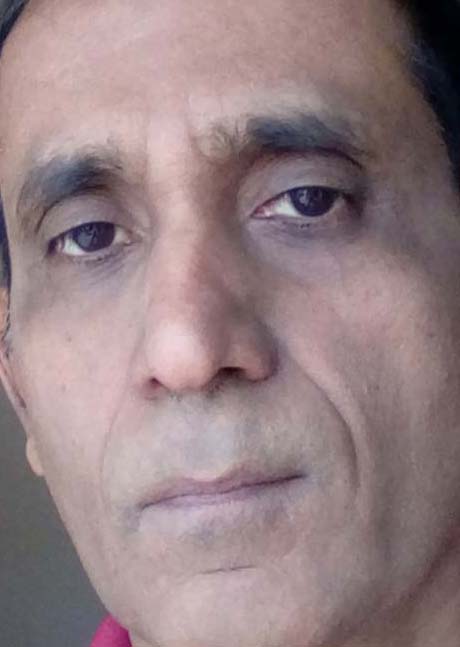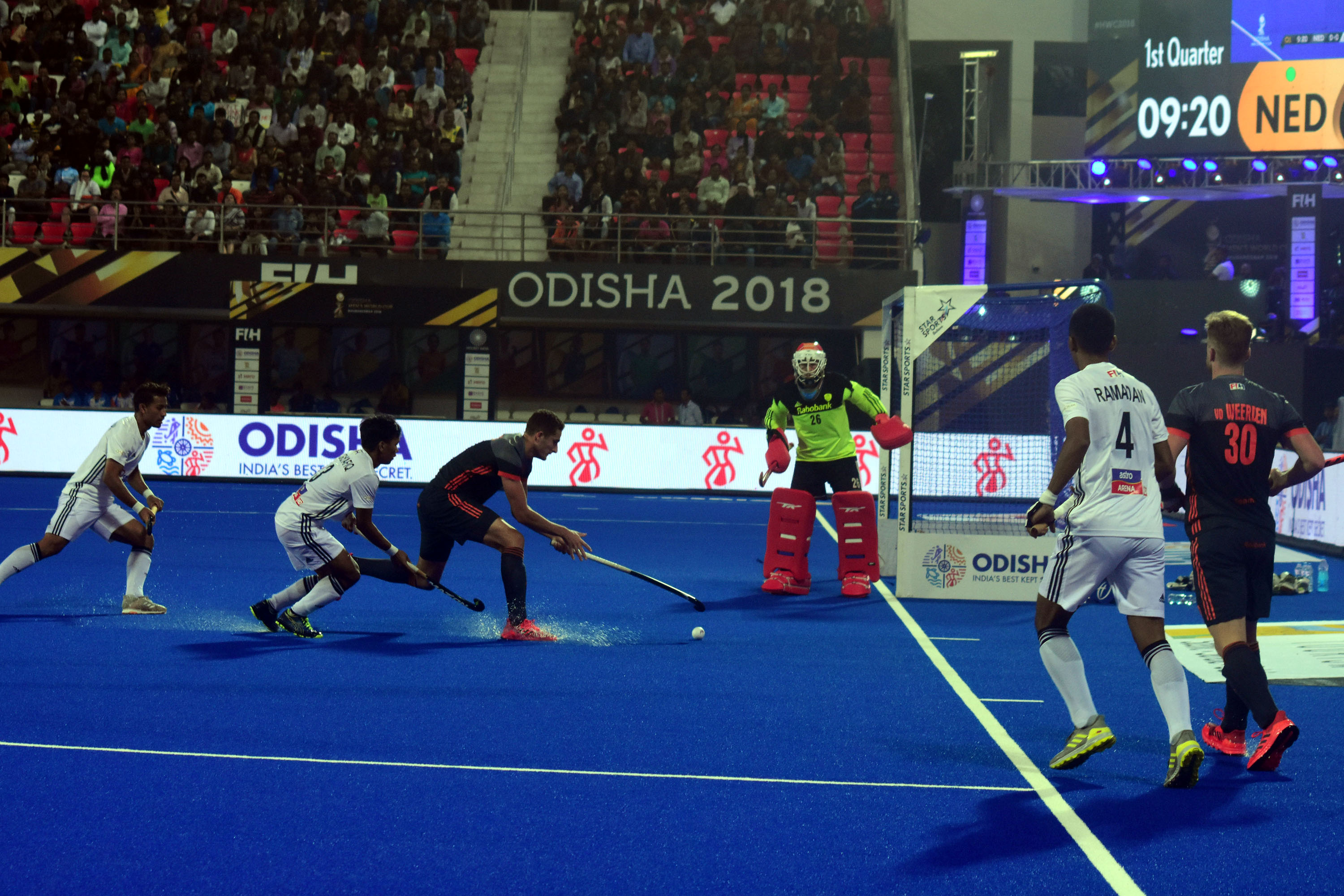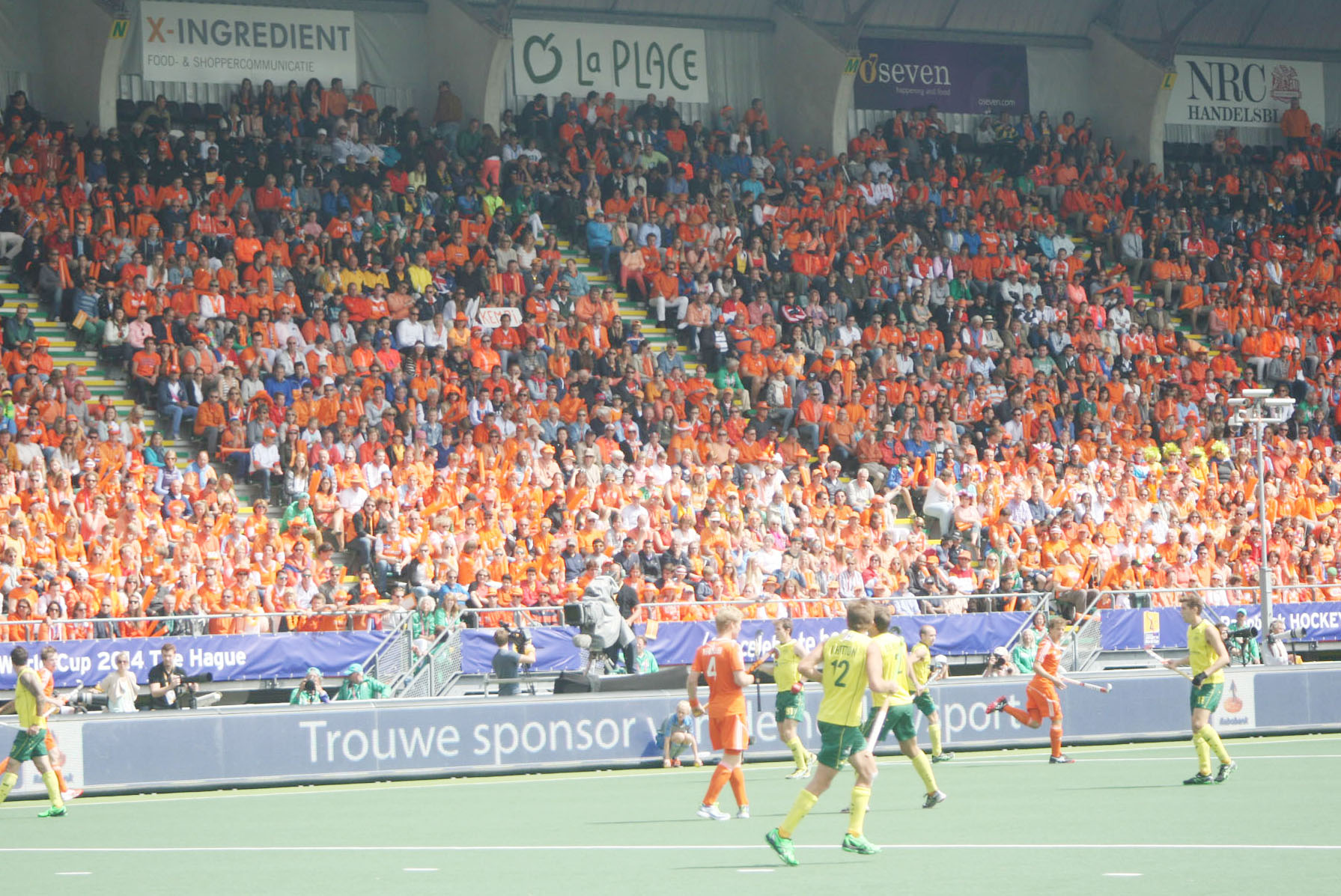Will the reformatted World Cup prove better
Share
Extending the field to 16 nations from 12 at the Hockey World Cup had raised the danger of eventually gaining less from more.
For several nations, the tournament for all practical purposes, would end in two days.
Two defeats in the first two matches in standard format of qualifying the top two in a pool for the quarterfinals amid usually back-to-back match days would evaporate months, if not years, of preparation calling for precious funding.
The FIH only once held a World Cup this large – Kuala Lumpur, Malaysia, in 2002.
On that occasion, the world body dropped its plan to use a four-pool format used at the World Cup qualifiers in Edinburgh, Scotland, which saw many a campaign end after just two match days.
The world body resorted to a two-pool format but it made for a somewhat match-heavy schedule of 72 in 14 days.
Ostensibly, the FIH has circumvented constraints meticulously with the Bhubaneswar tournament.
The cross-overs for teams finishing second and third in the pool to book a second quarterfinal spot potentially retains interest for all 16 teams till roughly the halfway-mark of the 19-day event.
Generically speaking, it becomes particularly significant for the hosts.
In the current case, India play their last pool match on December 8 when they take on Canada after playing South Africa and Belgium. This implies that, in the worst-case scenario, crucial home interest could be sustained till roughly half-way mark of the tournament that starts on November 28.
Hopefully, the hosts won’t face a do-or-die encounter against the doughty Canadians but the prolonging of interest could do a world of good for lower-ranked teams who’ve had to walk a tightrope for funding and sponsorship, not to mention players sacrificing pay from work, to play in arguably hockey’s ultimate event.
There have been raised eyebrows on the duration of the tournament. But a four or five-day increase over the conventional fortnight that the World Cup lasts and that, with opportunities given to four more teams, suggests the move is worth its while.
Hockey isn’t alone when it comes to grappling with the format in an attempt to secure maximum gains across the board.
Who can forget a forgettable 2007 Cricket World Cup in the West Indies when two defeats signaled India’s demise from a four-team group in a 16-nation event?
The ICC wisened up with two-group formats in subsequent editions and a single 10-team round-robin format with playoff semifinals leading to the final for the 2019 World Cup in England next year.
Football’s universality along with millions of dollars riding over each World Cup match is, however, a different ball game altogether.
Three matches with mandatory 72-hour rest periods ensures that interest for almost each of the 32 teams involved, realistically or otherwise, lasts until the half-way mark of the month-long tournament.
Hockey’s new World Cup format was used for the first time at the Women’s World Cup in London in July.
Teams however realized that they had bigger gaps between matches than what hockey teams are generally used to with one particular segment lasting five days!
The Dutch management tweaked the program to stave off staleness and possible boredom even if it meant moving to a new hotel.
The first men’s World Cup at Barcelona 1971 drew 10 teams. The field was increased to 12 until the 1978 edition in Buenos Aires where 14 participated in a two-pool format.
It was back to 12 for Mumbai 1982 up until Kuala Lumpur 2002 where 16 teams entered.
Moenchengladbach 2006 saw 12 teams in the fray again and it continued till The Hague 2014.
Bhubaneswar’s field of 16 may give way to a rather ambitious 24 at the 2022 World Cup if reports are to be believed.
Meanwhile, faced with long rest as many as five days rest between matches, teams have used the opportunity to not just rest and recuperate during matches but also to soak up the sun at the luxury resorts around Bhubaneswar, play golf or visit the many tourist spots especially the temples that Odisha is famous for.
Of course, team managements are mindful of boredom, staleness and the ensuing rustiness that could creep in. Australia coach Colin Batch said, “ It’s different for sure. We are coping with it for now but at the end we’ll find out with a review.”
The Australians earned themselves a really long break after qualifying directly for the quarterfinals by topping pool B and avoiding the cross-overs.
Barry Middleton, the England captain, looks at the positive side of things. “We are not used it but we have some fun during the long breaks. The hotel’s good and we mess around and have some fun and it gives us a chance to rest,” the veteran midfielder said.
The Canadian team made a trip to Puri where the beaches are inviting. Other teams like Pakistan and South Africa hit the mall and the fan park near the Kalinga stadium has drawn many a team.
If nothing else, players have had a chance to catch up on action on the pitch in front of their television sets in the hotel.







